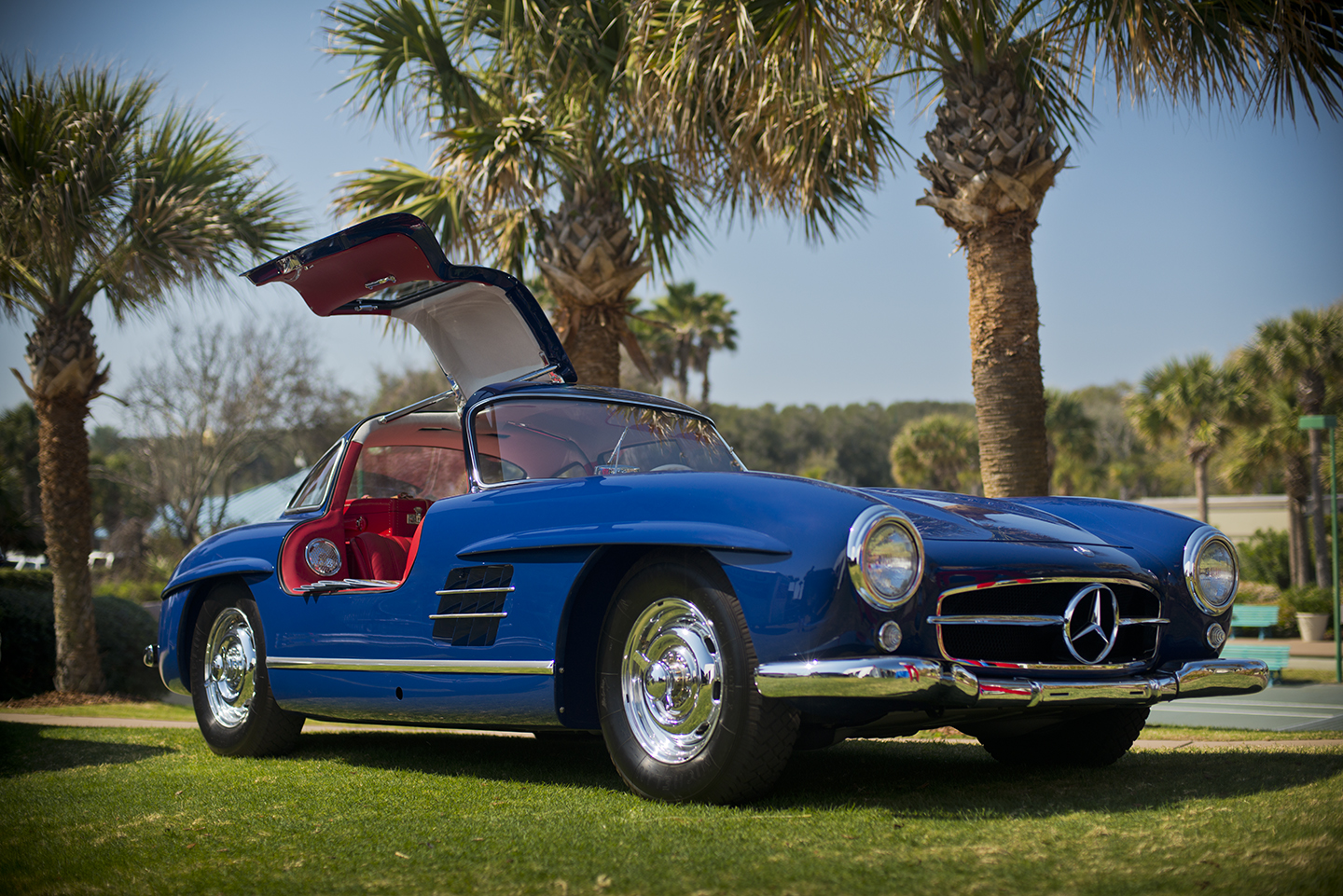2013 Collector Car Market Review
Despite increased attention and publicity, it’s easy to lose sight of how incredible 2013 was for the collector car market. After all, each event seemed to grow in scale and significance, making even those records set only a few months earlier appear mundane. Looking back at where things stand today versus 12 months ago, however, allows us to say that 2013 was unequivocally the most incredible year of the past two decades, at least in terms of the market.
Public auction sales of classic cars in North America jumped in value by nearly 25% and eclipsed $1B for the first time ever — all while seeing the number of auctions remain constant. Roughly 10% more cars were both offered and sold in 2013 versus 2012, but the real growth in sheer dollars was driven by blue chip cars. In fact, globally we saw four of the five most expensive cars ever sold at public auction do so during 2013, and 26 of the top 100. Ever.
In dramatic fashion, Bonhams set a record for the most expensive car ever sold at auction in July, with Sir Stirling Moss’s Mercedes-Benz W196R selling for $29.7M at the Goodwood Festival of Speed. A month later RM’s Ferrari 275 GTB/4*S NART Spyder became the most expensive street car to sell at auction with a price tag of $27.5M. During the same weekend, Gooding notched the record for the most expensive Bugatti sold at auction when a 1937 Type 57SC Atalante sold for $8.475M. Mecum established a record for a Corvette in early September with a 1967 L88 convertible trading for $3.424M. And so it went. All that momentum culminated in RM’s New York sale in November, which likely became the most lucrative two hours in car auction history with nearly $63M in sales during a span of time most of us would spend hand-washing our car.
Private sales of blue chip cars were equally strong. Many sources reported that a Ferrari 250 GTO sold for more than $30M in early 2013 and another sold for nearly $50M in October, only seven months later.
For private sale of more mainstream automobiles — which represents the overwhelming majority of the market in terms of volume — activity was not nearly so super-heated. Nonetheless, market indicators in 2013 for peer-to-peer sales showed health if not incredible growth. By one count, online asking prices by dealers increased by nearly 20% over 2012, while private party prices jumped by about half that rate. The average private sale price of cars as reported to Hagerty increased by a much more modest 2% year-over-year.
Looking at big-picture numbers from Hagerty Price Guide, all seven of our primary indices grew in value during 2013, from 1% (for our Muscle Car Index) to 81% (for our German Index). Our 26 secondary indices experienced a similar upswing, with all but one (Ford Thunderbirds, which were unchanged) increasing over 12 months. Hagerty’s Popular Index of the most commonly insured vehicles grew by 17% for the year. At an individual level, 2013 saw more cars grow in excess of 20% during a single calendar year and fewer decrease at all than any time since 2007, based on prices published in Hagerty Price Guide.
So what does all this mean? That is the question gripping most people in the trade at the moment. Prices for top-tier cars are generally marching upward — and in some cases those prices are on a dead sprint. But most experienced observers who were awake in 1991 quickly question how long this rate of growth will last. For them, it isn’t a question of “if,” but “when.” The answer to that question is usually — and hastily — followed by wagers on how steep a fall might follow. Presently, prevailing opinion is that growth will slow but not cease, and that this is a good thing indeed for the market’s long-term health.
As for more common and affordable cars, the growth curve isn’t dramatic and these models will stay affordable through the next year. We read this as good news, too, since the end result is that these cars will continue to be easily available and regularly driven and used.


